NORMA CASES .220 SWIFT (100)
Sorry, this product is not available to purchase in your country.
R 3,662.00 Incl. VAT
Norma Brass 223 Rem

220 Swift
This is the fastest production cartridge ever made, dating back to 1935 when Winchester introduced it in their model 54 bolt action rifle. Originally the inspiration for this design came from Grosevenor Wotkyns who was experimenting with necking down the .250-3000 Savage case. However, Winchester chose to base their new design on the case of a 6 mm Lee Navy, a semi-rimmed cartridge from before the turn of the century and already then heading for obsolescence. It was necked-down to .22 caliber and loaded with a 48 grain bullet with a muzzle velocity of no less than 4110 fps.
The .220 Swift uses .224” bullets in spite of its name, and it is one of the most accurate high-power .22 cartridges ever made. Like all high velocity small caliber cartridges it has erratic performance on larger species unless bullets that are constructed for this purpose is used. Factory bullets are all made to give rapid expansion in light animals – which is exactly what the .220 Swift is designed for. Its popularity has been waning for a number of years, largely giving way to .22-250 Remington which is made by all major rifle manufacturers whereas few make .220 Swift rifles any longer.
Although the factory ammunition is made with lighter bullets the .220 Swift will handle 55 and 60 grain bullets well.

Norma products are known worldwide for high quality. Cartridge cases are an important factor in this reputation. Superior quality ensures a long life and many reloads. Norma cases are made of the best possible raw materials with the narrowest tolerances, and they deliver accuracy round after round.
The case neck is annealed to become softer. This prevents gas leaks and enables the case to hold the bullet firmly for at least 10 years without cracking as a result of aging material.
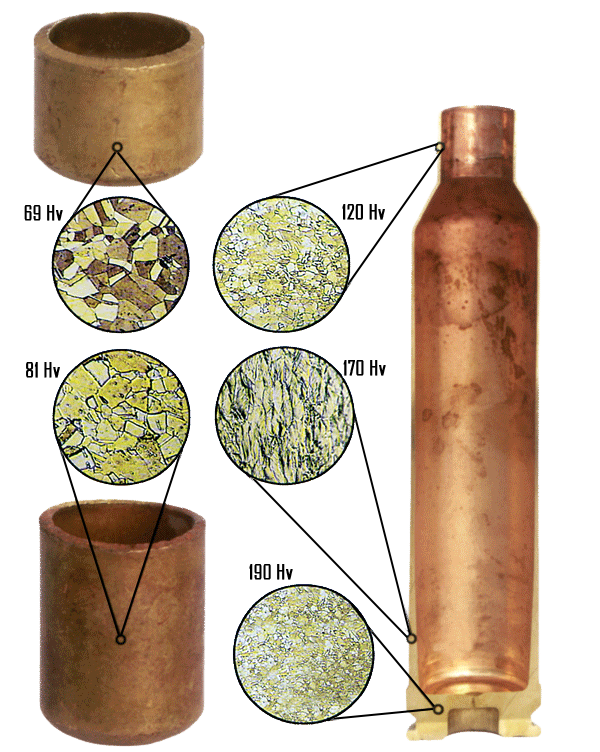
Further down on the case body, the hardness increases to avoid unnecessary stretching. If it is too hard, it would bring the risk of cracks.
Furthest down, around the primer pocket, the brass should be firm. Here, the hardness is nearly twice that of around the neck.
The structure of the material reveals the hardness. During processing the large, soft grains are broken down into smaller ones, which makes for a harder material. At the annealing, small grains become bigger and the hardness decreases.
| Weight | 1.5 kg |
|---|---|
| Dimensions | 25 × 15 × 15 cm |
Be the first to review “NORMA CASES .220 SWIFT (100)” Cancel reply
You must be logged in to post a review.


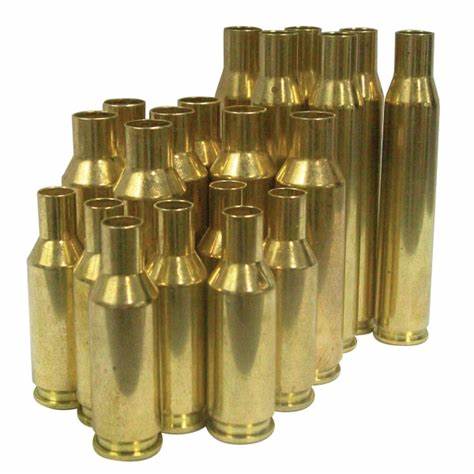

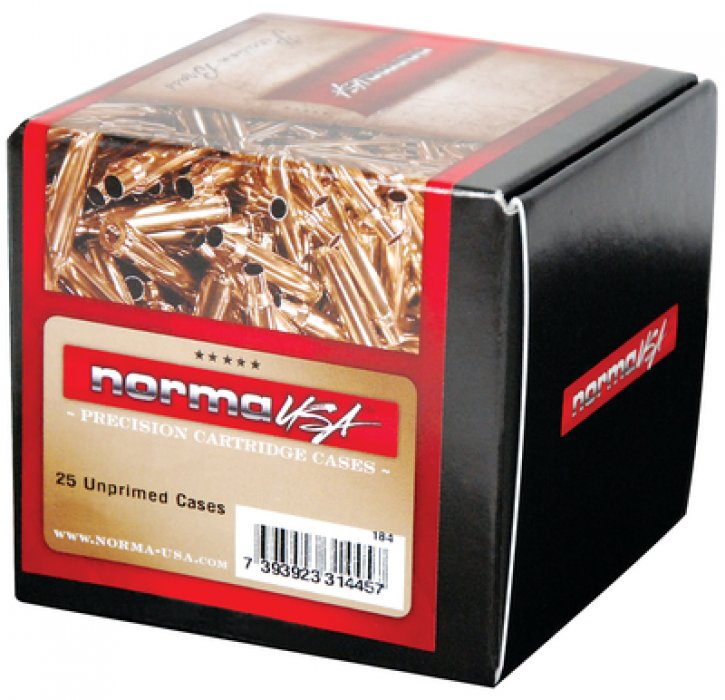


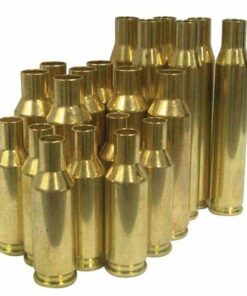
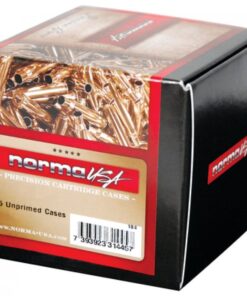




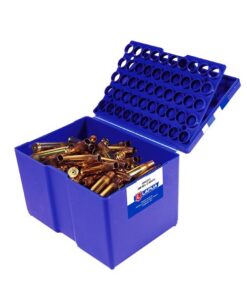
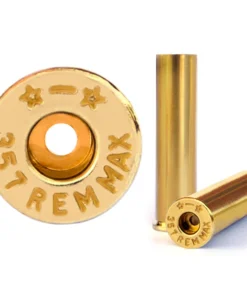
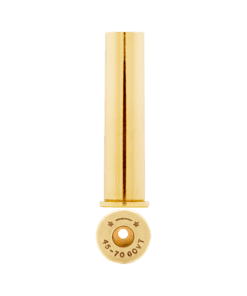

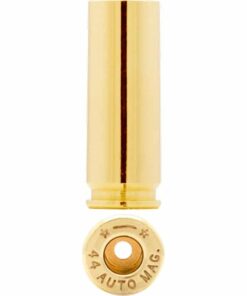


Reviews
There are no reviews yet.